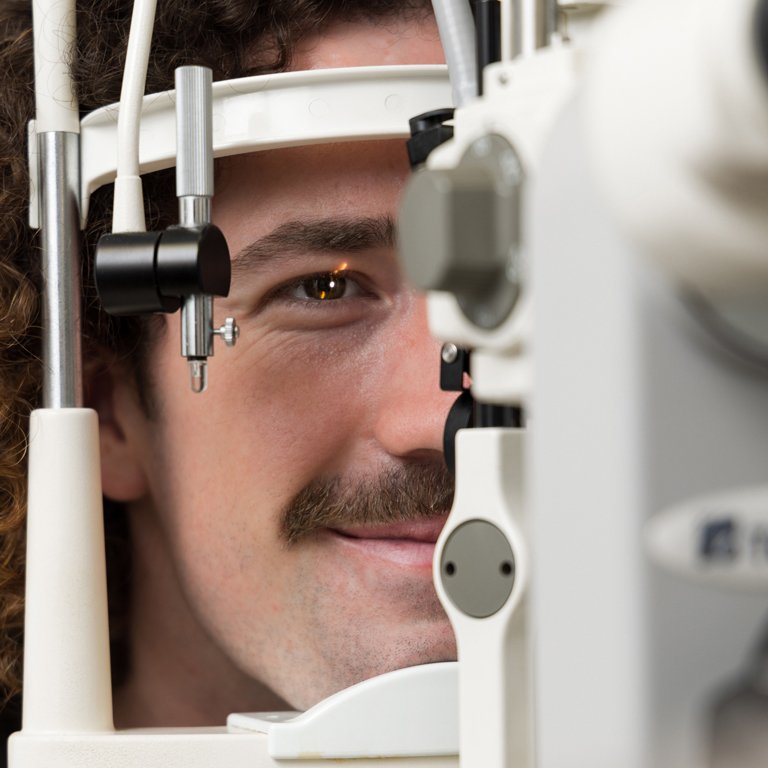Introduction
LASIK eye surgery offers rapid vision correction, but understanding the recovery process is essential for optimal healing and avoiding complications. This detailed day-by-day guide outlines what you can expect after surgery, common symptoms, and expert tips to support your eyes as they heal.
Day 0 (Surgery Day): Immediate Post-Op
- What Happens:
Your vision may be blurry or hazy immediately after surgery. Some mild discomfort, burning, or a gritty sensation is normal. - Tips:
- Wear the protective eye shields or goggles your surgeon provides, especially during sleep.
- Avoid rubbing your eyes under any circumstances.
- Use prescribed antibiotic and anti-inflammatory eye drops exactly as directed.
- Rest your eyes as much as possible and avoid screens or bright lights.
Day 1: First Full Day After Surgery
- What Happens:
Many patients notice clearer vision but may still experience fluctuations or glare around lights. Mild irritation and light sensitivity are common. - Tips:
- Continue using all prescribed eye drops on schedule.
- Wear sunglasses outdoors to reduce glare and protect your eyes.
- Limit screen time and avoid reading or close-up work for long periods.
- Stay indoors in clean environments to prevent irritation or infection.
Days 2-3: Early Healing Phase
- What Happens:
Vision often improves daily but may still fluctuate. Some patients experience dry eyes, light sensitivity, or mild discomfort. - Tips:
- Use artificial tears frequently to combat dryness (avoid preservative-based drops if recommended).
- Avoid smoky, dusty, or windy environments.
- Refrain from swimming, hot tubs, or saunas to prevent infection.
- Avoid makeup around the eyes to reduce irritation risk.
Days 4-7: Vision Stabilizing
- What Happens:
Most patients see significant vision improvement by the end of the first week. Fluctuations become less frequent, and discomfort should diminish. - Tips:
- Continue eye drop regimen and follow-up appointments as scheduled.
- Gradually increase screen use but take frequent breaks using the 20-20-20 rule (every 20 minutes, look at something 20 feet away for 20 seconds).
- Avoid strenuous physical activity or contact sports to protect your eyes.
- Keep your eyes clean, but avoid rubbing.
Weeks 2-4: Continued Recovery
- What Happens:
Vision should continue to stabilize. Some patients may notice mild halos or glare, especially at night, which typically improves over time. - Tips:
- Attend follow-up exams to monitor healing progress.
- Avoid eye makeup for at least 2-3 weeks as recommended.
- Use lubricating drops as needed for dry eyes.
- Protect your eyes from UV exposure with quality sunglasses.
Month 1 and Beyond: Final Healing Stage
- What Happens:
Most patients achieve stable 20/20 or better vision by one month. Rarely, slight fluctuations can occur up to 3-6 months. - Tips:
- Maintain annual eye check-ups to monitor eye health.
- Continue to protect your eyes from trauma and UV rays.
- Report any persistent discomfort, vision changes, or unusual symptoms to your surgeon immediately.
Important Recovery Tips for a Smooth Healing Process
- Avoid eye rubbing: Rubbing can dislodge the corneal flap and delay healing.
- Use medications as prescribed: Never skip antibiotic or anti-inflammatory drops.
- Practice good hygiene: Wash hands before applying drops or touching near your eyes.
- Stay hydrated and maintain good nutrition: Supports overall healing.
- Communicate with your surgeon: Attend all scheduled follow-ups and ask questions if unsure.
When to Contact Your Doctor
Seek immediate care if you experience:
- Sudden loss of vision
- Intense eye pain not relieved by medication
- Persistent redness or discharge
- Flashes of light or increased floaters
Conclusion
LASIK recovery varies by individual, but most patients experience rapid improvement within days and near-complete healing in a month. Following your surgeon’s instructions carefully and protecting your eyes during the critical healing phase helps ensure the best possible visual outcomes and comfort.
If you want, I can provide a printable recovery calendar or checklist. Just let me know!




